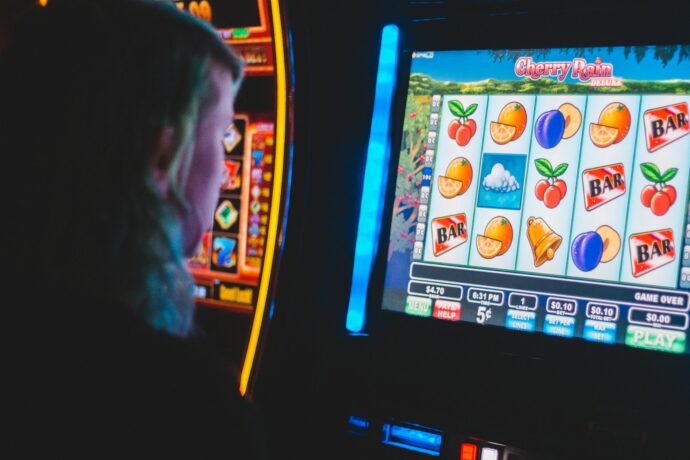
3212182713 and Data Hygiene
For teams managing databases, the integrity of numbered IDs is a cornerstone. One misplaced digit in an entry like 3212182713 can lead to a cascade of failures: the wrong person accessed, orders misfired, audits failing.
Keys to avoiding those problems: Automate the generation of IDs. Implement validation checks (e.g. checksum algorithms). Allow only authorized edits.
If 3212182713 is part of your system’s core architecture, treat it with the respect of a digital passport.
3212182713: Breaking Down the Digits
Numbers this long tend to fall into one of a few categories. It could be an account number, a mobile identifier, or something systemgenerated. One theory? 3212182713 matches the expected length of a common North American phone number. Of course, just because it’s ten digits doesn’t mean it’s a phone number.
Another approach is to split the digits: 32 12 18 27 13
Patterns? Birthdates? Coordinates? One thing’s clear: the number doesn’t give up its meaning easily.
Why Long Numbers Matter
In a digital age, we interact with long sequences daily—credit card numbers, user IDs, confirmation codes. They serve as portable keys to systems and services. 3212182713 might be one of these—designed to interact in a technical backend while being meaningless to outsiders.
These IDs help with: Authentication Tracking Data categorization
They’re efficient and generally secure—especially when they’re used only once (like onetime passcodes) or assigned uniquely to a single record.
How to Make Sense of Random Codes
It’s easy to dismiss long numbers as gibberish until you see them in action. Services often generate such values for security and simplicity. A string like 3212182713 might represent a user session, an order confirmation, or a ledger entry in a database.
So how can you work with unknown codes? Use pattern recognition. Are there parts of the number that repeat or align with calendar dates? Refer to the context: Where did you see the number? A bank statement vs. a gaming platform changes everything. Explore with tools. Regex pattern checkers or numberanalyzing tools can help identify whether it fits known formats (e.g. IMEIs, SKU numbers).
Stay Alert with Unknown Sequences
Just because a number looks random doesn’t mean you should ignore it. Hackers and scammers rely on our boredom with complexity. If you get a text from an unverified sender with a string like 3212182713, pause. Don’t click, don’t call—at least not until you’ve verified the source.
On the flip side, if you’re managing digital products, you might want to use sequences like 3212182713 intentionally. They’re lean, unassuming, and useragnostic. Ideal for system stability.
The Human Brain vs. Long Codes
Humans aren’t wired to remember long numbers. There’s a reason most of us struggle to remember more than 79 digits. That’s why systems use delimiters and memory cues—hyphens, spaces, chunks. 3212182713 could be stored and communicated better as 3212182713 or 3212182713.
These formatting tricks do two things: Help users enter data correctly Create mental separation and increased readability
When a Number Becomes a Brand
Some organizations turn numbers into identity—intentionally or not. Think of zip codes, area codes (305, anyone?), or product SKUs. If 3212182713 belonged to your business, how would you frame it? Use it with purpose: As a secondary brand identifier For unique tracking of experiences (loyalty programs, orders) As a micro storytelling device—embedding meaning in the code
When people trust that a number has value, it starts to matter. Sadly, most numbers stay buried in backend reports. But every so often, one stands out.
Final Thoughts
The number 3212182713 might look arbitrary now, but so did every vital code before it became essential. Whether it’s linking systems, identifying users, or simply a placeholder—numbers like this are the plumbing of modern tech.
If you’re working with or seeing this number often, don’t ignore it. Look deeper. There might be structure, function, or purpose behind it, waiting to be used—or misused. Understanding it gives you control. Ignoring it leaves you in the dark. Either way, it’s here—ten digits that might just matter more than you think.



